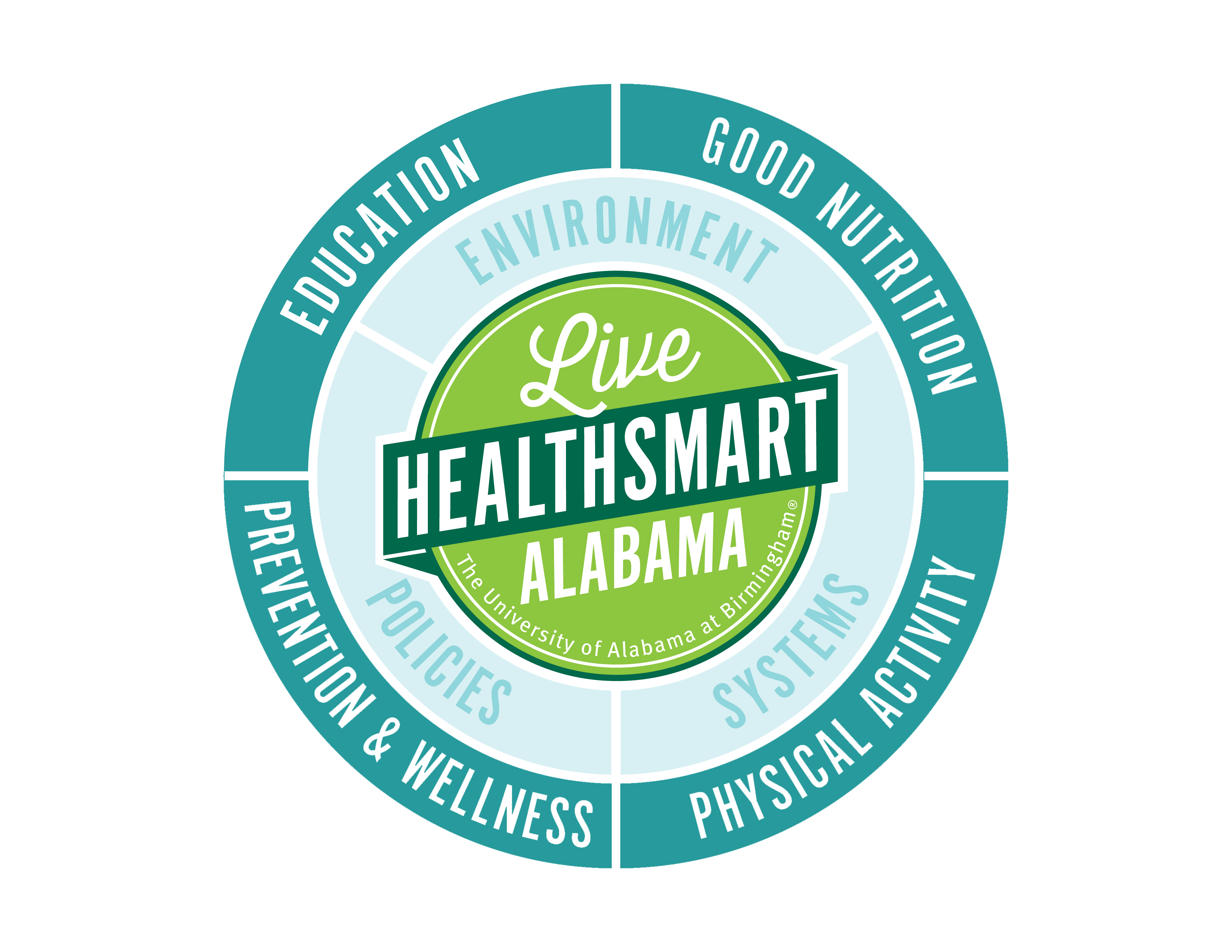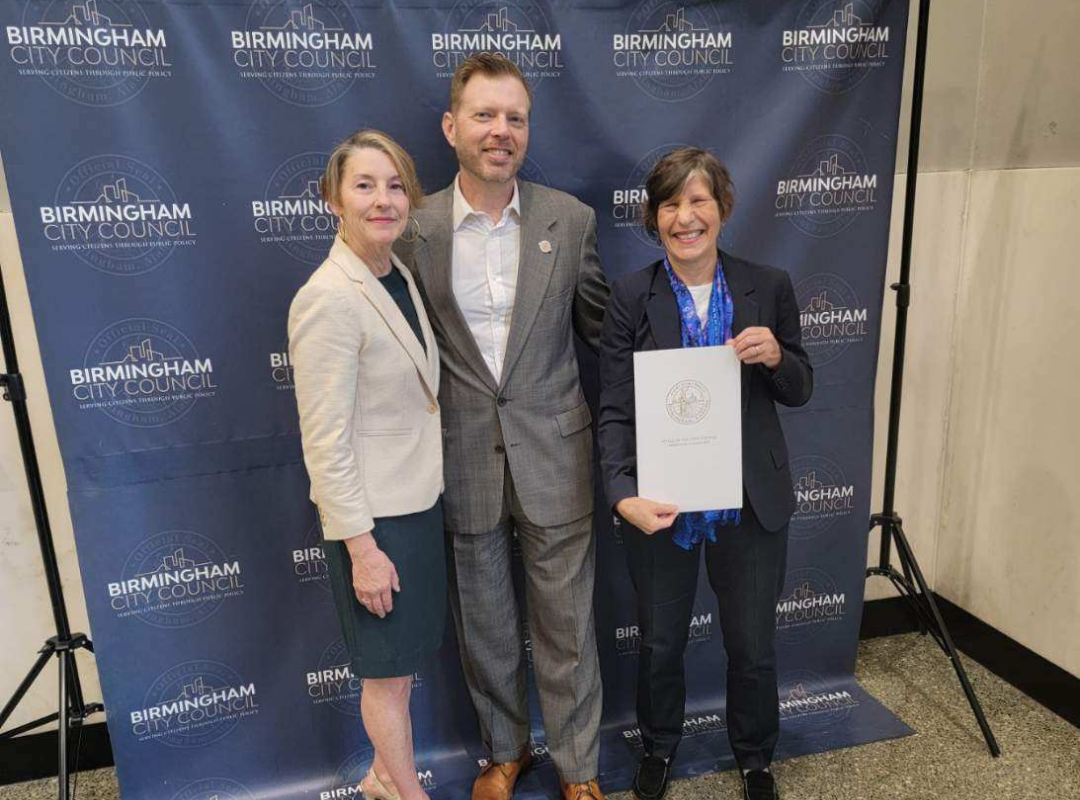Live HealthSmart Alabama, a University of Alabama at Birmingham initiative, often works with the City of Birmingham to make improvements in communities across the city. This past May, the city released a resolution that committed itself to improving residents’ physical activity levels by creating walkable neighborhoods.
 As one of the program's key focus areas, Live HealthSmart Alabama works to make good health simple by improving the built environment in areas such as East Lake, Bush Hills, Kingston, Titusville, and others.
As one of the program's key focus areas, Live HealthSmart Alabama works to make good health simple by improving the built environment in areas such as East Lake, Bush Hills, Kingston, Titusville, and others.
In the resolution, the city commits itself to supporting the Centers for Disease Control and Prevention’s (CDC) Active People, Healthy Nation program which aims to help 27 million Americans become more physically active by 2027.
Lack of physical activity is an issue for many individuals and communities here in Birmingham and across the nation. According to the CDC, regular physical activity can help reduce the risk of at least 20 chronic diseases and conditions including cancer and cardiovascular disease. Regular physical activity has also been shown to improve mental health conditions such as anxiety and depression. With regular physical activity, people tend to live longer, happier lives.
While physical activity has many benefits, there are people who face barriers that bar them from getting the exercise they need. Live HealthSmart Alabama and its friends—such as people from The Market at Pepper Place (pictured)—have long been working to address these issues. Pictured left to right: Teresa Shufflebarger, LHSA Chief Administrative Officer; Councilor Darrell O’Quinn; and Leigh Sloss-Corra, Executive Director of The Market at Pepper Place at Active People, Healthy Nation resolution signing
Pictured left to right: Teresa Shufflebarger, LHSA Chief Administrative Officer; Councilor Darrell O’Quinn; and Leigh Sloss-Corra, Executive Director of The Market at Pepper Place at Active People, Healthy Nation resolution signing
The resolution states that the city of Birmingham recognizes “the importance of physical activity for all citizens regardless of age, race, income, socio-economic and disability status, and geographic location.”
Beyond recognizing the importance of exercise, the resolution speaks to the need for walkable communities that enhance traffic safety for people who walk, ride bicycles, and drive—something that Live HealthSmart Alabama works to address in each of its revitalization areas.
With proper built environment improvements, residents have greater access to and opportunities for physical activity. The city’s commitment to creating walkable communities could make a substantial difference in the lives of Birmingham residents, specifically those who do not currently have access to safe places.
The city’s decision to commit itself to improving the health and well-being of its residents is a wonderful step in the direction of increasing health equity in Birmingham. Such a resolution is a major win for programs like Live HealthSmart Alabama who has dedicated its mission to implementing policy, system, and built environment changes that remove barriers to making healthy choices.